Havana.
-Breakfast at the hotel or at private house.
-The best way to see La Havana is sightseen in an American classic cabriolet. It is an interesting 3 hours tour with some stops. You can smoke and drink on the cab.
TOUR WITH THE CABS:
CLASSIC CUBAN AMERICAN CABS TOUR
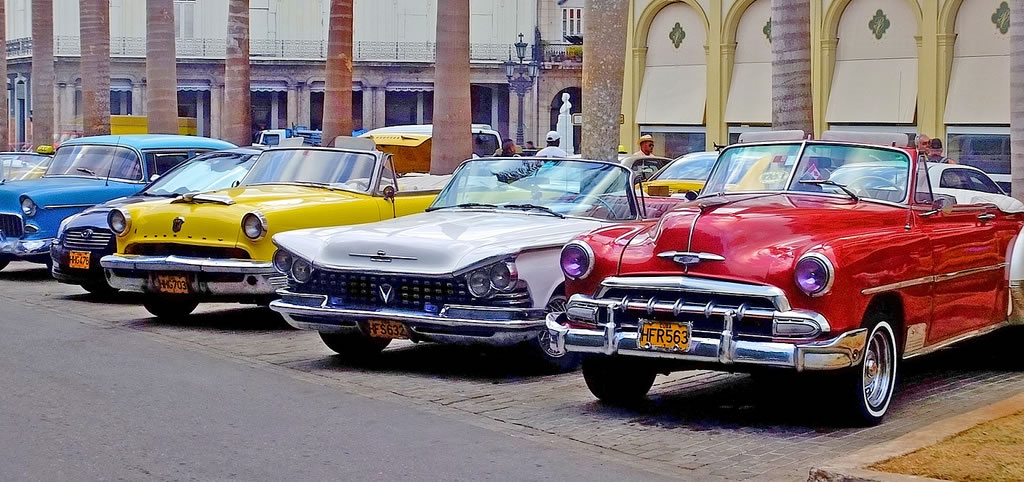 Thousands of American cars were brought into Cuba up until 1960, the year that the U.S government declared a trade embargo that stopped all imports. This was a year after Fidel Castro had seized power in the January 1959. From that time on, the innovative Cubans found ways to keep their prized American cars in operation, even though they could no longer import parts from the U.S.
Thousands of American cars were brought into Cuba up until 1960, the year that the U.S government declared a trade embargo that stopped all imports. This was a year after Fidel Castro had seized power in the January 1959. From that time on, the innovative Cubans found ways to keep their prized American cars in operation, even though they could no longer import parts from the U.S.
MALECON
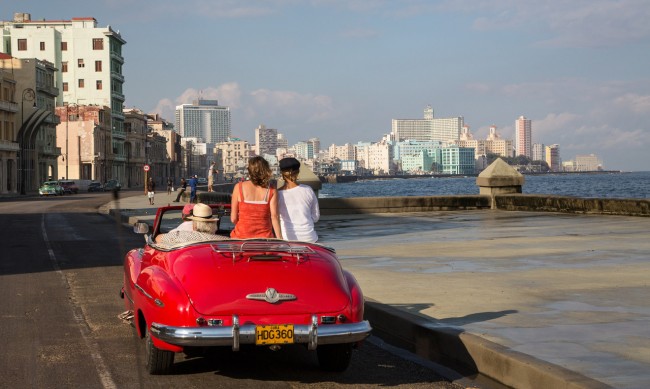 There is no other place which shows more of the Havana's soul, or attracts more locals and tourists than the long stretched Malecon. This sea boulevard is 7 km along the historical areas of the city. On the November 4 1901 American authorities who conquered Cuba started with the work on the Malecon, it was the fast road between the old and the newer part of Habana.
There is no other place which shows more of the Havana's soul, or attracts more locals and tourists than the long stretched Malecon. This sea boulevard is 7 km along the historical areas of the city. On the November 4 1901 American authorities who conquered Cuba started with the work on the Malecon, it was the fast road between the old and the newer part of Habana.
HOTEL NACIONAL
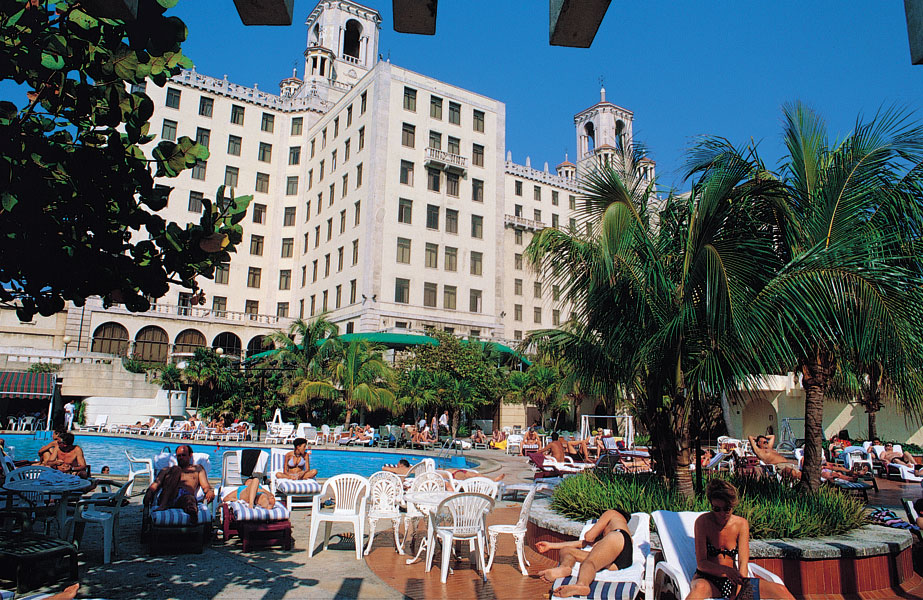 One of Cuba’s most iconic hotels, combines the features of an old Las Vegas with a picturesque Havana location. The Hotel has hosted a range of famous visitors, particularly screen idols from Hollywood’s golden years, & the hotel has preserved several historical rooms which can be viewed on free guest tours. Exellent wiew for enjoying a good cigar with a cocktail.
One of Cuba’s most iconic hotels, combines the features of an old Las Vegas with a picturesque Havana location. The Hotel has hosted a range of famous visitors, particularly screen idols from Hollywood’s golden years, & the hotel has preserved several historical rooms which can be viewed on free guest tours. Exellent wiew for enjoying a good cigar with a cocktail.
REVOLUTION SQUARE
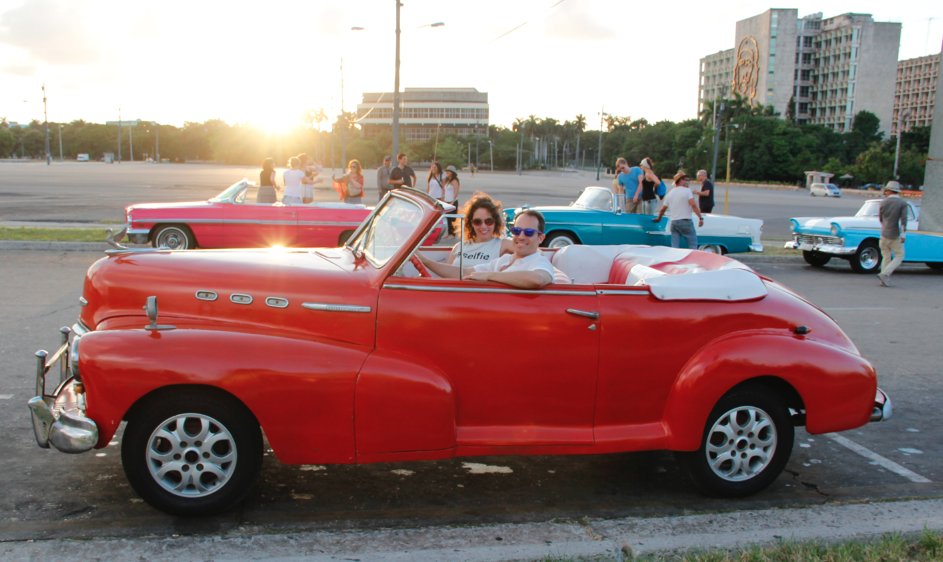 Build by U.S in 1959(the year Fidel Castro came to power). Fidel held his speaches here also the Pope John Paul II & Pope Francis. An elevator allows access the top af a memorial, at 109 m.
Build by U.S in 1959(the year Fidel Castro came to power). Fidel held his speaches here also the Pope John Paul II & Pope Francis. An elevator allows access the top af a memorial, at 109 m.
Around here the seat of The National Library, The Cuban Government, the Communist Party, Offices of the Ministries of the Interior and Communications.
CASTILLO DEL MORRO
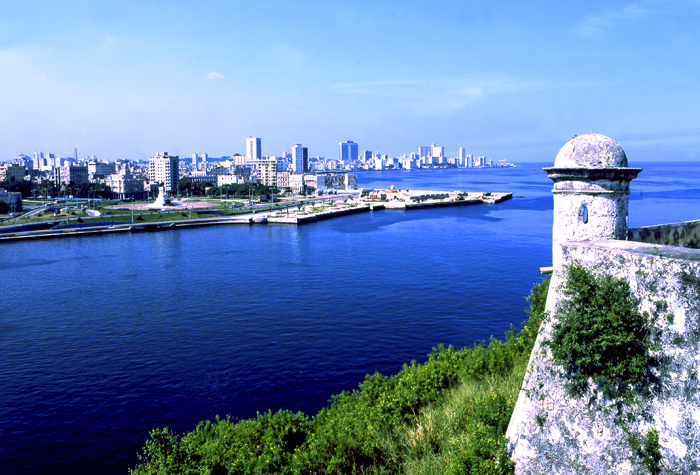 Enjoy of the panoramic view of Havana.
Enjoy of the panoramic view of Havana.
-See world biggest cigar & meet its roller, registered in Ginness world records book.
-See the remainings war artefacts of the Cuban-American-Russian cold war 1970.
-See the official headquarter of Che Guevara during 60s
Christ Statue
THE CHINA TOWN(for launch)
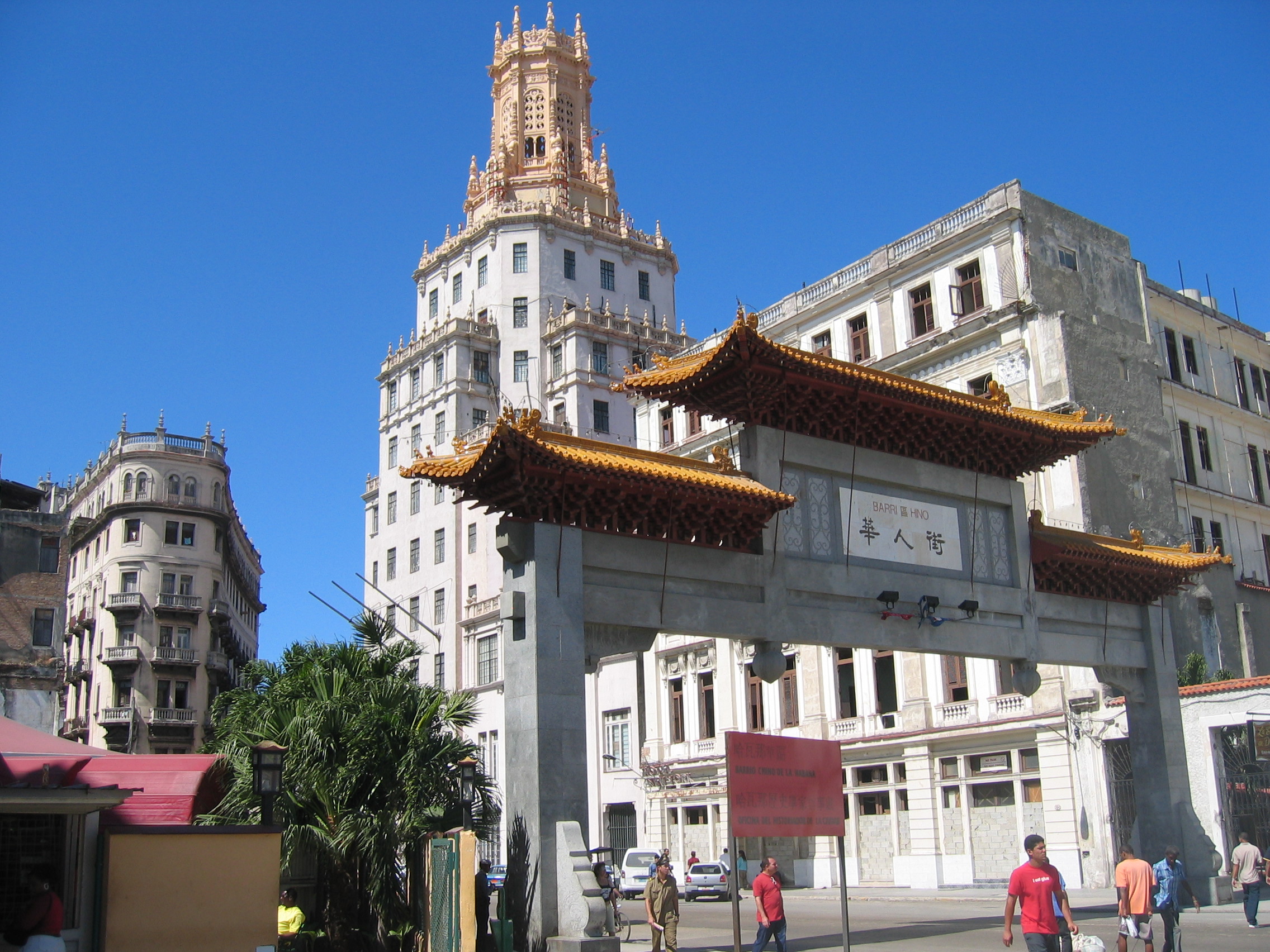 It came to be regarded as the second most important in the world after that of San Francisco in California. Chinese immigrants settled in Havana from 1874. 10,000 Chinese lived in the neighborhood 10 blocks. After the triumph of the Cuban Revolution, and as a result of the mass exodus of Chinese-Cubans to the United States, the number of pure Chinese fell sharply and, with them, the popularity of their restaurants. Also in those years they began confiscations and nationalisations carried out without the consequent compensation. The nearly 250,000 Chinese and their descendants lived in it left the scene.
It came to be regarded as the second most important in the world after that of San Francisco in California. Chinese immigrants settled in Havana from 1874. 10,000 Chinese lived in the neighborhood 10 blocks. After the triumph of the Cuban Revolution, and as a result of the mass exodus of Chinese-Cubans to the United States, the number of pure Chinese fell sharply and, with them, the popularity of their restaurants. Also in those years they began confiscations and nationalisations carried out without the consequent compensation. The nearly 250,000 Chinese and their descendants lived in it left the scene.
PLAYAS DEL ESTE(East Beaches)
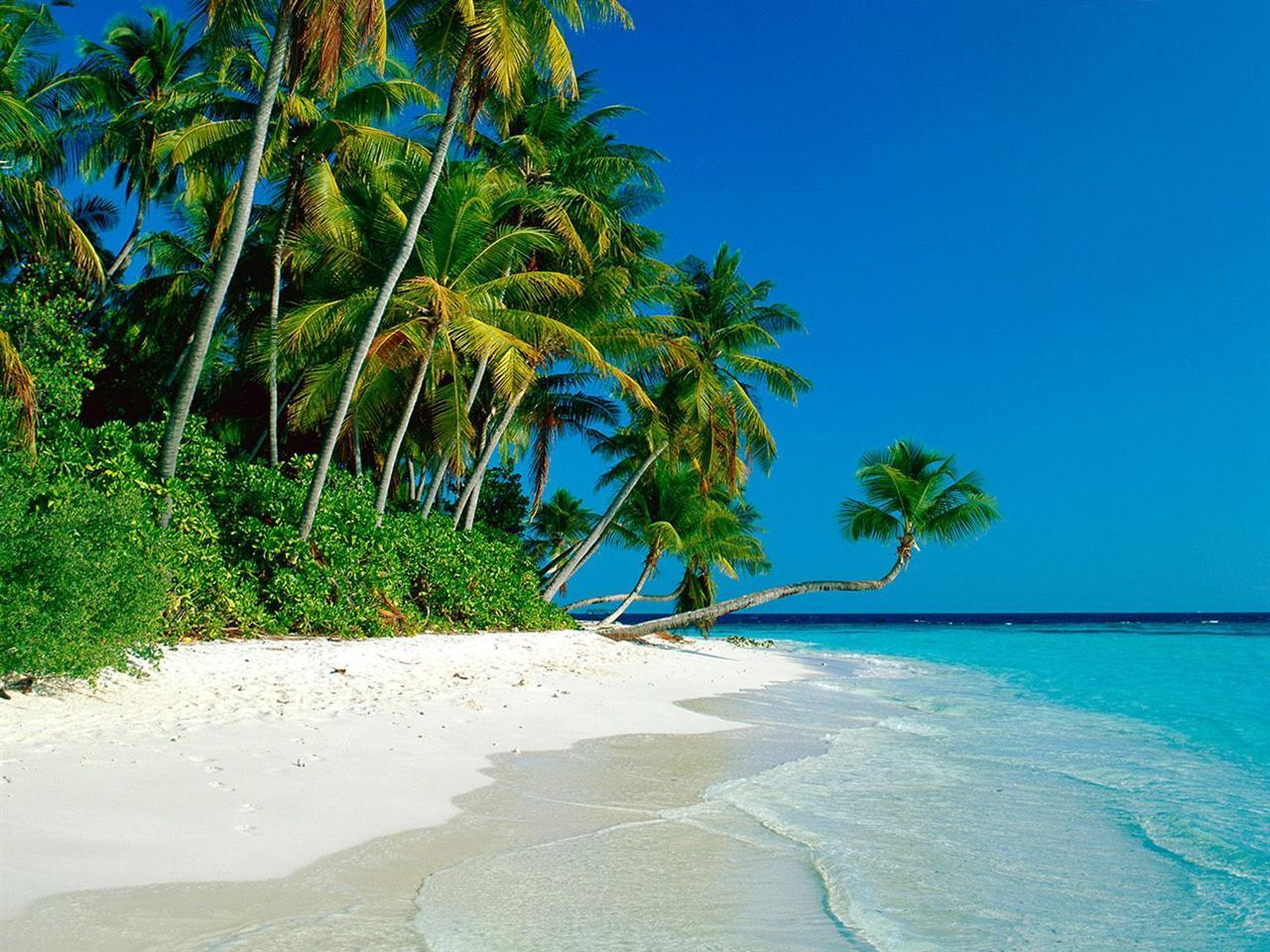 18 kilometers east of Havana, spans more than 20 km from a sandy strip north coast in which beaches are the preferred and most visited by people from Habana. They are one after the other the following beaches: Bacuranao, Tarara, the Mégano, Santa Maria del Mar, Boca Ciega and Guanabo. The beaches are connected to the city by the highway. Each of the beaches has its own characteristics, charms and attractions, there are some villas and hotels, homes and other private accommodation sites,
18 kilometers east of Havana, spans more than 20 km from a sandy strip north coast in which beaches are the preferred and most visited by people from Habana. They are one after the other the following beaches: Bacuranao, Tarara, the Mégano, Santa Maria del Mar, Boca Ciega and Guanabo. The beaches are connected to the city by the highway. Each of the beaches has its own characteristics, charms and attractions, there are some villas and hotels, homes and other private accommodation sites,
E V E N I N G P R O G R A M
EL CAÑÓNAZO (Cannon blast)
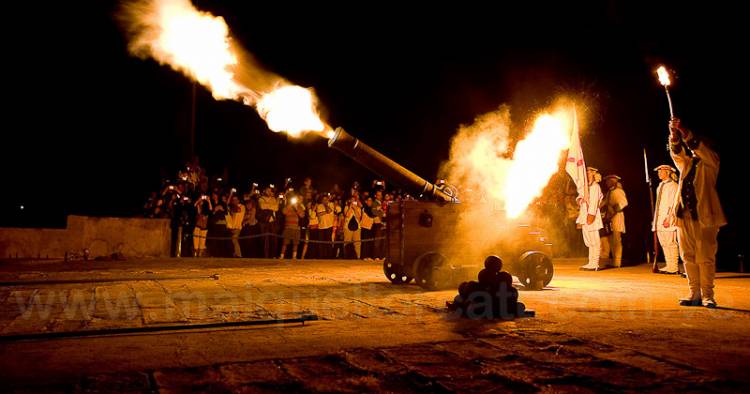 is a daily & traditional ceremony that commemorates the closing of the city against the pirate attaks, in 1700. At 21:00 the blast is heard thoughoud La Havana. The seremonia takes place in a fort built by the Spanish at the time of the colony. It is a busy place for the people who come to see the ceremony and enjoy the night panoramic view of Havana.
is a daily & traditional ceremony that commemorates the closing of the city against the pirate attaks, in 1700. At 21:00 the blast is heard thoughoud La Havana. The seremonia takes place in a fort built by the Spanish at the time of the colony. It is a busy place for the people who come to see the ceremony and enjoy the night panoramic view of Havana.
TRADICIONAL RESTAURANT
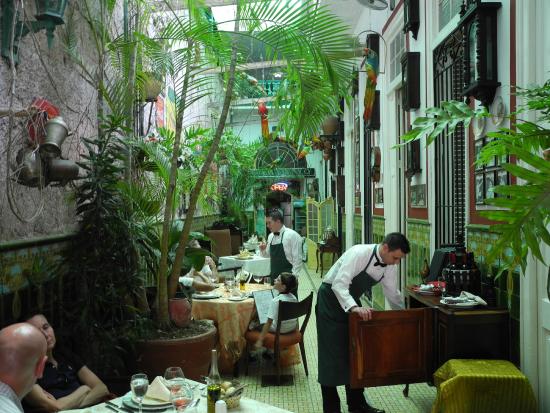 Cuban cuisine has been influenced by different types of culinary cultures that have left their mark for good. For example, France, China, Morocco and other countries. In this diversity we have added our delicious Caribbean flair.
Cuban cuisine has been influenced by different types of culinary cultures that have left their mark for good. For example, France, China, Morocco and other countries. In this diversity we have added our delicious Caribbean flair.
CASA DE LA MUSICA (House of the music)
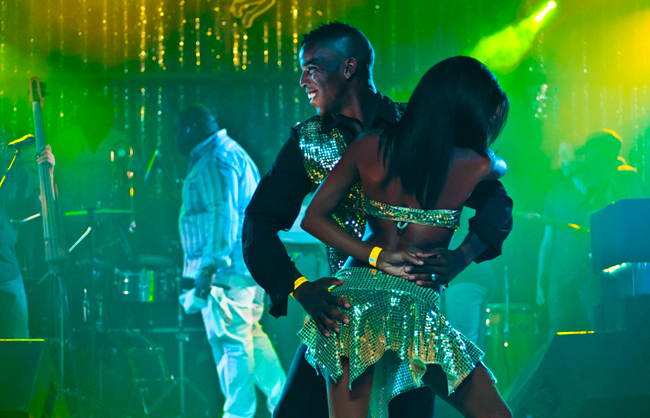 One of Cuba's best and most popular nightclubs and live-music venues. All the big names play here and you'll pay peanuts to see them. Of the city's two Casas de la Música, this Centro Habana version is a little edgier than its Miramar counterpart.
One of Cuba's best and most popular nightclubs and live-music venues. All the big names play here and you'll pay peanuts to see them. Of the city's two Casas de la Música, this Centro Habana version is a little edgier than its Miramar counterpart.
Price varies depending on the band(5 to 25)




